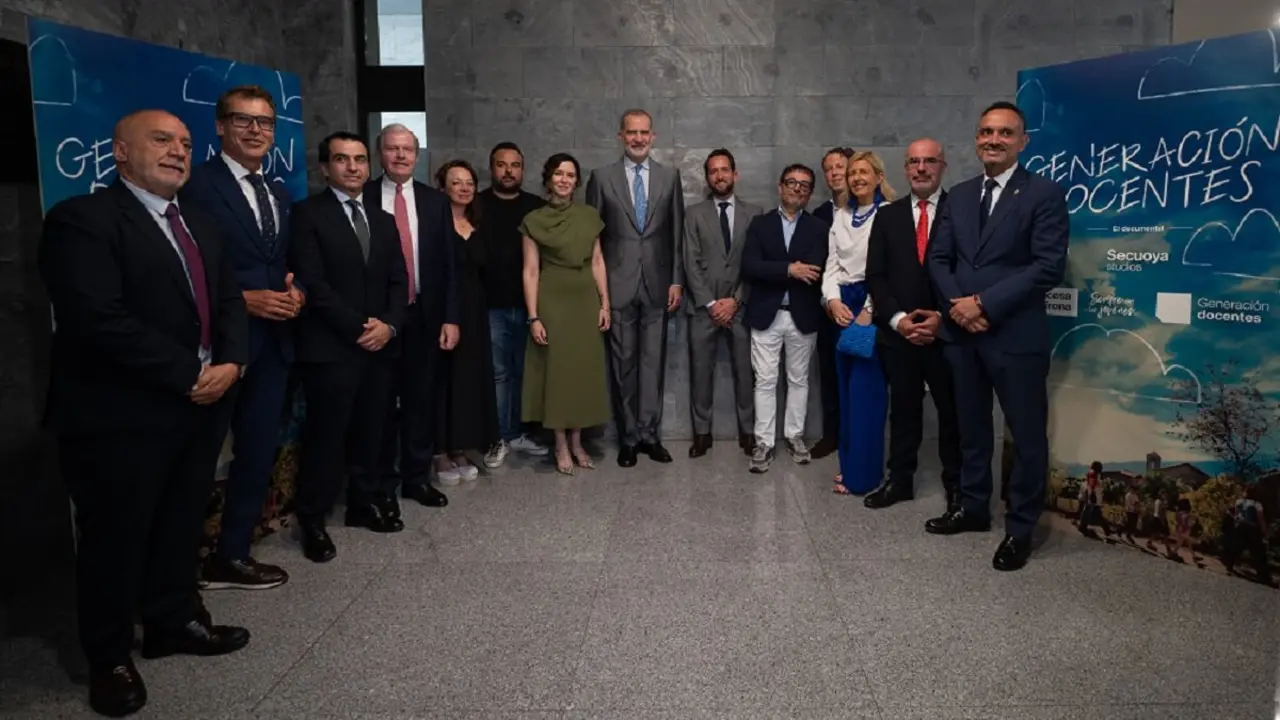Ayoloco, the heart of the water that has stopped beating in Mexico

There is a word for the pain and sadness of climate change, the feeling that the planet you live on, and love is under attack -it is "solastalgia".
It was this feeling that scientists and mountaineers from the National Autonomous University of Mexico (UNAM) experienced when, in 2018, the satellite images and aerial photographs they were taking showed them that there was no more ice to monitor in the so-called "belly zone" of the Iztaccíhuatl volcano: the Ayoloco glacier, which was located there, had died.
Three years later, the same scientists who made this discovery climbed the volcano again to place a memorial plaque at 4,626 metres above sea level, where the glacier was located, with a message to future generations:
"The Ayoloco glacier once existed here and retreated until it disappeared in 2018. In the coming decades, Mexican glaciers will disappear irretrievably. This plaque is to put on record that we knew what was happening and what needed to be done. Only you will know if we did it".

The Ayoloco was fed from the volcano's belly system and descended towards the west; it was a white mass that could be seen from Mexico City.
Hugo Delgado Granados, a researcher at UNAM's Institute of Geophysics, has for years observed the fast disappearance of glacial areas on the Iztaccihuatl volcano, which has accelerated irreversibly since the 1980s.
The scientist was also part of the team of mountaineers who last April climbed the volcano to place the plaque announcing the death of the glacier.
"Glaciers are declared extinct when they cease to function. In the area where the Ayoloco glacier was, there are still ice masses, but they no longer behave like glacial ice masses. Eventually they will disappear, but as such, the glacier does not exist", he said.
"What is at stake is our permanence on the face of the earth. That is the message: the disappearance of the Ayoloco glacier is regrettable, it is a tragedy.
Global warming, a product of human activity, has extinguished eight of the eleven glacier masses that existed on the Iztaccihuatl volcano; only the belly system, the chest and a very small one, known as the southeast, remain.
The Mexican scientist was pessimistic about the destiny of these last glaciers, which, he said, are in a very vulnerable and difficult situation and, unfortunately, will also disappear.
"The fact that we put up that plaque is to draw attention to the fact that there was something here and it disappeared very quickly, and it shouldn't have been. What it is telling us is that we can disappear too".
In view of this serious problem, which affects glaciers, forests, oceans, jungles, lagoons, the World Environment Day, celebrated every 5 June, focuses this year on the restoration of ecosystems with the slogan "Reimagine, recreate, restore".
Restoring ecosystems means preventing, halting and reversing this kind of damage, moving from exploiting nature to healing it. To this end, and precisely on this day, the UN Decade of Ecosystem Restoration (2021-2030) will be launched, a global mission to revive billions of hectares, from forests to farmland, from mountaintops to the deep sea. Only with healthy ecosystems can we improve people's livelihoods, counter climate change and stop the collapse of biodiversity.

All glaciers have a vital function both for the communities where they are located and for the environment: in addition to draining into the lagoons, their water infiltrates the aquifers and recharges them; the masses of ice, due to their light colour, reflect solar radiation and help to keep the climate cool.
The Ayoloco fed the volcano's lagoons and in times of drought provided water to the inhabitants of the area, which belongs to the municipality of Amecameca, in the State of Mexico.
In 2020, the World Meteorological Organisation warned that, with its high global temperatures, that year's summer had a serious impact on ice sheets and glaciers.
Between July and September of that year, record Arctic temperatures and devastating fires were reported. This resulted in the collapse of the last remaining intact ice shelf in Canada and heavy losses of glaciers in the Alpine region of Europe.
"These events cause severe damage to ecosystems, raise sea levels and threaten human life and infrastructure", the UN agency warned at the time.
The UN Environment Programme has also warned that glacier melt is one of the most visible effects of climate change because, as global temperatures rise, these freshwater reserves will be lost.
Although the loss of the world's glaciers is irreversible, there are still actions that can be taken at the governmental level, collectively and individually to reduce the advance of global warming, Delgado Granados emphasised.
For example, governments need to reduce the use of fossil fuels, provide tax incentives for the purchase of hybrid and electric cars and vehicles, and promote the production of clean energy with technologies such as geothermal, solar and wind power.
From the individual level, saving and taking care of water and electricity, and reducing the use of fossil fuels; in the collective level, it is necessary to be participative citizens who demand changes in public policies aimed at reducing global warming from their authorities.
"This is a task for all of us, it is very important for the government to act, but also for us to participate and demand that the authorities do what they should do", he said.
"It is not humane, it is unethical if we see this situation not to say it out loud, to be able to call attention to it, to say: this is what is happening and we all have to act".

The mountaineer and director of Literature and Reading Promotion at the Coordinación de Difusión Cultural, Anel Pérez Martínez, has been climbing Iztaccíhuatl for 12 years. Her experience is that the first few climbs required a certain amount of expertise and technical mastery of the peak plates, crampons, poles and eventually the ice axe. Arriving on the glacier, the whole view was of the whiteness of the snow and the purity of the water that the expeditioners consumed from the glacier after melting it.
"To be there now in an area that is stony, sandy, cold, dry... these are shocking emotions because they imply the absence of the glacier," he reflected.
"Ayoloco means in Nahuatl the place of the heart of the water. It is dramatic because it sounds like a heart that stops beating, that stops carrying, stops circulating water".








